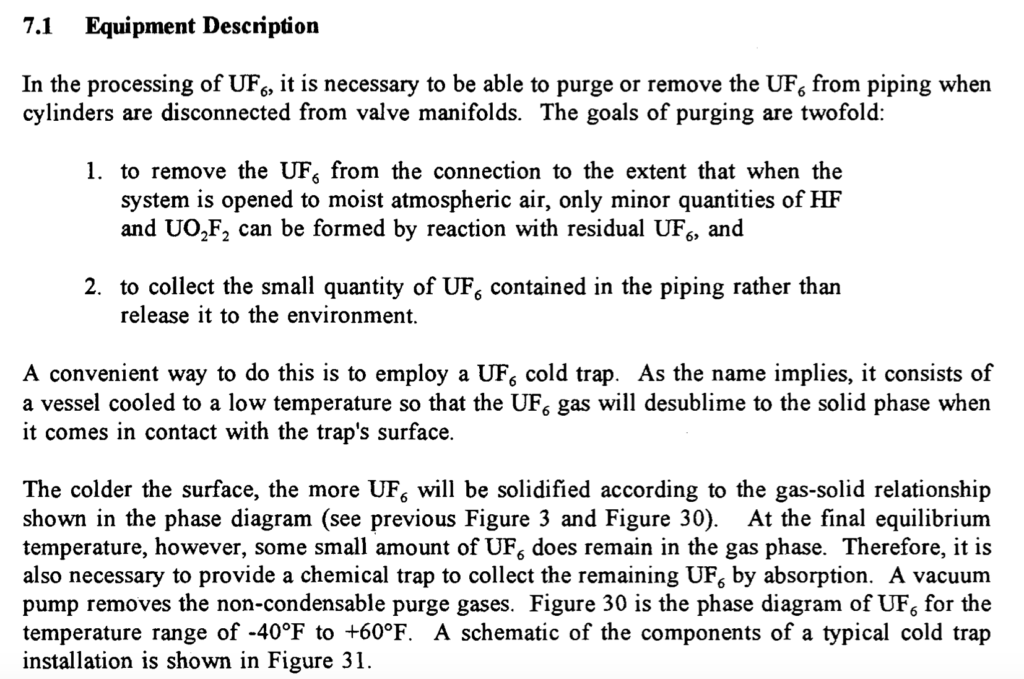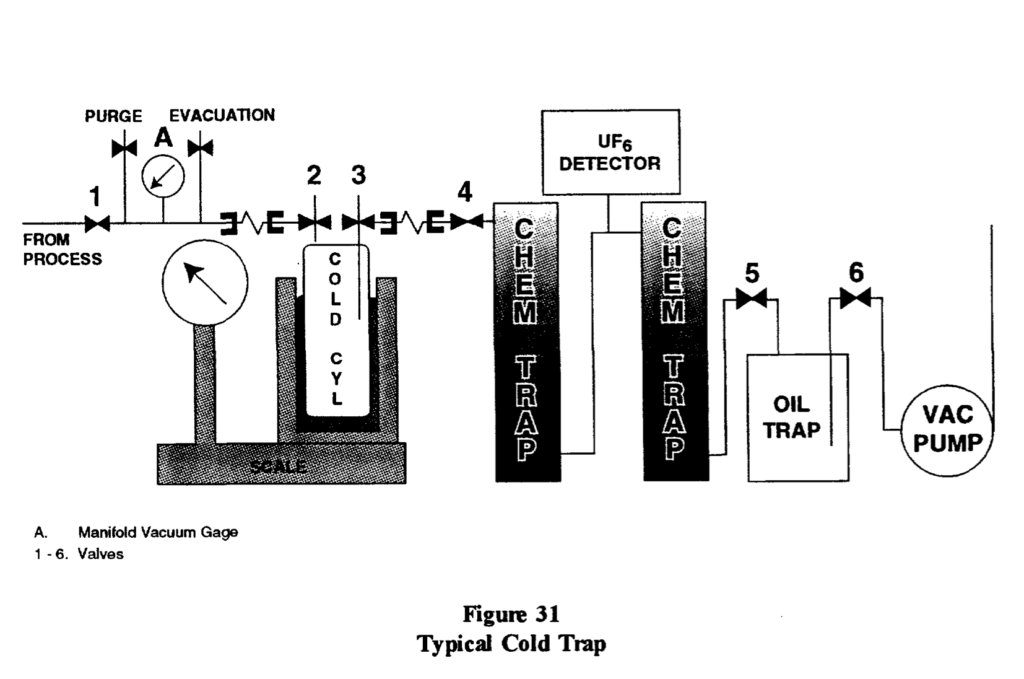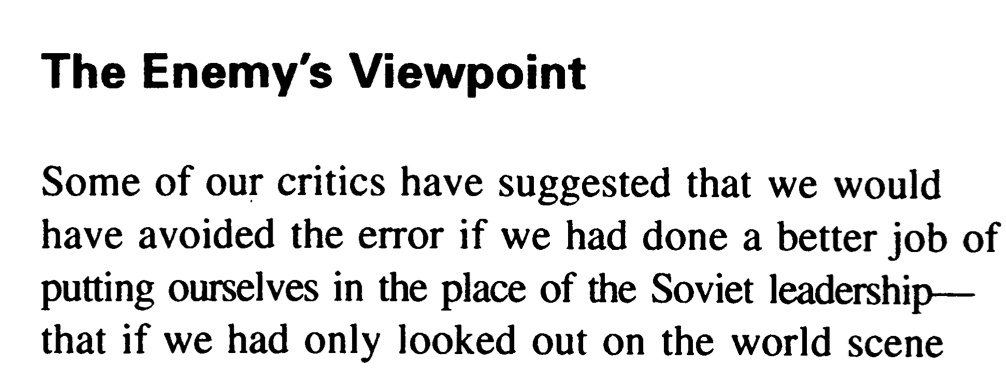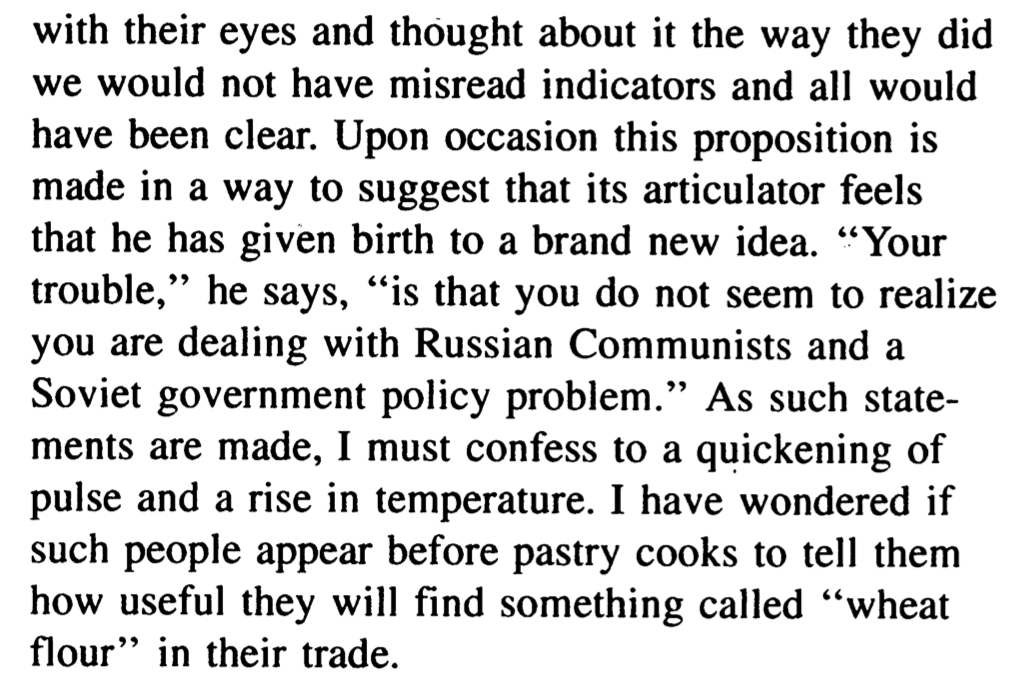Heritage had an event last month to mark the 2005 signing by the United States and India of the 123 agreement. Featuring Ashley Tellis, Ted Jones, and Ambassador Richard Verma, the event provides insight into the dynamics leading up to that agreement.
Author Archives: kerr
Abdul Sattar, 2007
As I noted here, a lot of PAEC folks made informative statements at the 2007 Memorial Reference for Munir Ahmad Khan. This time, the words are from former Foreign Minister Abdul Sattar:
During the early 1980s, there was an imminent threat of an Indian and Israeli attack on Kahuta and PINSTECH. Hectic discussions used to take place in the Foreign Office in Islamabad over this issue each day. This was during 1983-84 and the Indian Prime Minister Indira Gandhi had ordered to prepare contingency plans for an attack on the uranium enrichment plant at Kahuta and the reprocessing plant at PINSTECH. She had also ordered a file to be prepared with the title ‘Attack on Kahuta”.
”In the fall of 1983, Munir Ahmed Khan met with Raja Ramanna , the chairman of the Indian Atomic Energy Commission at the Imperial Hotel in Vienna, where both were attending an IAEA meeting. Concerned by an imminent attack on Pakistan’s nuclear facilities, Munir Ahmed Khan told Ramanna ‘ if such an attack took place against Kahuta or PINSTECH, it would release very little radioactivity because we had only a small enrichment plant and a small research reactor at these places. However, Pakistan would assume that such an attack came from India and would be forced to respond”.
”Munir Khan told his Indian counterpart that he was simply making technical points and was not speaking in an fficial capacity, but went on to remind Ramanna that a Pakistani counter attack on Trombay would be huge and could release massive amounts of radiation to a large populated area causing a disaster. Under the circumstances, it would be better that India and Pakistan should not attack each other’s facilities.”
UN Charter Chapter VII
Not everyone has read Chapter VII of the UN Charter:
Chapter VII
CHAPTER VII: ACTION WITH RESPECT TO THREATS TO THE PEACE, BREACHES OF THE PEACE, AND ACTS OF AGGRESSION
Article 39
The Security Council shall determine the existence of any threat to the peace, breach of the peace, or act of aggression and shall make recommendations, or decide what measures shall be taken in accordance with Articles 41 and 42, to maintain or restore international peace and security.
Article 40
In order to prevent an aggravation of the situation, the Security Council may, before making the recommendations or deciding upon the measures provided for in Article 39, call upon the parties concerned to comply with such provisional measures as it deems necessary or desirable. Such provisional measures shall be without prejudice to the rights, claims, or position of the parties concerned. The Security Council shall duly take account of failure to comply with such provisional measures.
Article 41
The Security Council may decide what measures not involving the use of armed force are to be employed to give effect to its decisions, and it may call upon the Members of the United Nations to apply such measures. These may include complete or partial interruption of economic relations and of rail, sea, air, postal, telegraphic, radio, and other means of communication, and the severance of diplomatic relations.
Article 42
Should the Security Council consider that measures provided for in Article 41 would be inadequate or have proved to be inadequate, it may take such action by air, sea, or land forces as may be necessary to maintain or restore international peace and security. Such action may include demonstrations, blockade, and other operations by air, sea, or land forces of Members of the United Nations.
Article 43
- All Members of the United Nations, in order to contribute to the maintenance of international peace and security, undertake to make available to the Security Council, on its call and in accordance with a special agreement or agreements, armed forces, assistance, and facilities, including rights of passage, necessary for the purpose of maintaining international peace and security.
- Such agreement or agreements shall govern the numbers and types of forces, their degree of readiness and general location, and the nature of the facilities and assistance to be provided.
- The agreement or agreements shall be negotiated as soon as possible on the initiative of the Security Council. They shall be concluded between the Security Council and Members or between the Security Council and groups of Members and shall be subject to ratification by the signatory states in accordance with their respective constitutional processes.
Article 44
When the Security Council has decided to use force it shall, before calling upon a Member not represented on it to provide armed forces in fulfilment of the obligations assumed under Article 43, invite that Member, if the Member so desires, to participate in the decisions of the Security Council concerning the employment of contingents of that Member’s armed forces.
Article 45
In order to enable the United Nations to take urgent military measures, Members shall hold immediately available national air-force contingents for combined international enforcement action. The strength and degree of readiness of these contingents and plans for their combined action shall be determined within the limits laid down in the special agreement or agreements referred to in Article 43, by the Security Council with the assistance of the Military Staff Committee.
Article 46
Plans for the application of armed force shall be made by the Security Council with the assistance of the Military Staff Committee.
Article 47
- There shall be established a Military Staff Committee to advise and assist the Security Council on all questions relating to the Security Council’s military requirements for the maintenance of international peace and security, the employment and command of forces placed at its disposal, the regulation of armaments, and possible disarmament.
- The Military Staff Committee shall consist of the Chiefs of Staff of the permanent members of the Security Council or their representatives. Any Member of the United Nations not permanently represented on the Committee shall be invited by the Committee to be associated with it when the efficient discharge of the Committee’s responsibilities requires the participation of that Member in its work.
- The Military Staff Committee shall be responsible under the Security Council for the strategic direction of any armed forces placed at the disposal of the Security Council. Questions relating to the command of such forces shall be worked out subsequently.
- The Military Staff Committee, with the authorization of the Security Council and after consultation with appropriate regional agencies, may establish regional sub-committees.
Article 48
- The action required to carry out the decisions of the Security Council for the maintenance of international peace and security shall be taken by all the Members of the United Nations or by some of them, as the Security Council may determine.
- Such decisions shall be carried out by the Members of the United Nations directly and through their action in the appropriate international agencies of which they are members.
Article 49
The Members of the United Nations shall join in affording mutual assistance in carrying out the measures decided upon by the Security Council.
Article 50
If preventive or enforcement measures against any state are taken by the Security Council, any other state, whether a Member of the United Nations or not, which finds itself confronted with special economic problems arising from the carrying out of those measures shall have the right to consult the Security Council with regard to a solution of those problems.
Article 51
Nothing in the present Charter shall impair the inherent right of individual or collective self-defence if an armed attack occurs against a Member of the United Nations, until the Security Council has taken measures necessary to maintain international peace and security. Measures taken by Members in the exercise of this right of self-defence shall be immediately reported to the Security Council and shall not in any way affect the authority and responsibility of the Security Council under the present Charter to take at any time such action as it deems necessary in order to maintain or restore international peace and security.
Thomas Schelling on Nuclear Terrorism, 2011
Re-upping this 2011 post from a while back, with a few edits.
I heard Thomas Schelling discuss nuclear terrorism at a New America Foundation event in October 2011, but haven’t been able to find a transcript of the event. I was happy to discover a 2011 piece by Dr. Schelling titled “Whatever Happened to Nuclear Terrorism?” However, the link I had is dead and I can’t find a copy.
Anyway, he wrote:
In 1982 I published an article that began, “Sometime in the 1980’s an organization that is not a national government may acquire a few nuclear weapons. If not in the 1980’s, then in the 1990’s.”
I hedged about the 80’s but sounded pretty firm about the 90’s. It’s now the 2010’s, twenty-nine years later, and there has been no nuclear terrorism nor any acquisition of such weapons by any terrorist organization that we know of; and I think we’d know by now. I don’t know of anyone—and I knew many colleagues knowledgeable on the subject—who thought my expectations outlandish. Something needs to be explained!
His explanation is an interesting one; a PhD student to whom I described it replied, “So he’s saying it’s a market failure.” That, for me, is the most striking part of the argument. Schelling writes:
Imagine that you have succeeded in stealing a Picasso insured for many millions of dollars, and you know that there are people willing to pay several millions for it: how do you find your customer? You cannot put a want ad in the New York Times.
Read the whole thing…I especially like this paragraph:
a “supplier” and a “customer” representing the terrorist organization may meet in a public place, each with a few unrecognizable body guards, to consummate the deal. At that point I fantasize that the seller and the buyer recognize each other, one is from the CIA and the other from the Israeli Mossad. Each is engaged in a “sting” operation, and they shake hands and go back to work.
Article 25, UN Charter
Not sure everyone’s read it:
Article 25
The Members of the United Nations agree to accept and carry out the decisions of the Security Council in accordance with the present Charter.
Dr. Samar Mubarakmand, 2007
Not new, but a lot of PAEC folks made informative statements at the 2007 Memorial Reference for Munir Ahmad Khan. For example….Dr. Samar Mubarakmand, Chairman NESCOM, former PAEC:
Not new, but a lot of PAEC folks made informative statements at the 2007 Memorial Reference for Munir Ahmad Khan. For example….Dr. Samar Mubarakmand, Chairman NESCOM, former PAEC:
”He was responsible for setting up Pakistan’s nuclear fuel cycle program, which culminated in providing indigenously manufactured fuel for the Karachi nuclear power plant. There was a time when Canada stopped the supply of fuel and spare parts for Kanupp and it was said that the streets of Karachi would go dark, but the indigenous fuel produced as a result of his efforts enabled Kanupp to successfully run despite sanctions. In developing the nuclear fuel cycle program, Mr. Munir Ahmad Khan established various nuclear facilities throughout the country. The offshoot of this nuclear fuel cycle program half way down the line gave us the uranium gas for Kahuta which we enriched and which was used in our nuclear weapons program”
”The Kahuta enrichment project itself was envisaged by PAEC, it was a project on which we did a lot of exploratory and research work for separating U-235 and U-238. Various techniques for enrichment including laser, centrifuge and diffusion were explored and groups formed by him to study these methods. I was responsible for one of these groups. Then finally a group was formed to study the gas-centrifuge method for uranium enrichment. This was a very big project for which he laid solid foundations for which credit must be attributed to Mr. Munir Ahmad Khan”
”Then he established the entire infrastructure for the designing, manufacturing and testing of nuclear weapons for the air force, for the missiles, for tactical weapons. He also set up explosive plants, high-speed electronics facilities, precision and mechanical plants for the nuclear weapons program.”
”The Chaghi tunnels were also selected, built and made ready during his time. The Chaghi test site was selected by him in 1975/76 and was ready by 1980. He was a great manager of men and he pushed the people to do all this work and he brought out the best in the scientists and engineers of PAEC.”
”Pakistan’s nuclear infrastructure was the result of his hard work and his vision. On the plutonium side, the New Labs reprocessing project was also completed under his leadership. He also began work on the Khushab plutonium production reactor, which is also an example of his vision.”
”PINSTECH was also expanded and completed during his tenure. He also set up Karachi Institute of Nuclear Power Engineering and Centre for Nuclear Studies. There were many other institutions and organizations and projects which were established by Mr. Munir Ahmad Khan which I cannot name here. “
More on USEC and UF6, Cold Traps Edition
USEC on UF6, 1995
In 1995, USEC published an updated version of the DOE document, Uranium Hexafluoride: A Manual of Good Handling Practices. Perhaps I am misguided, but I find this physical properties diagram interesting:
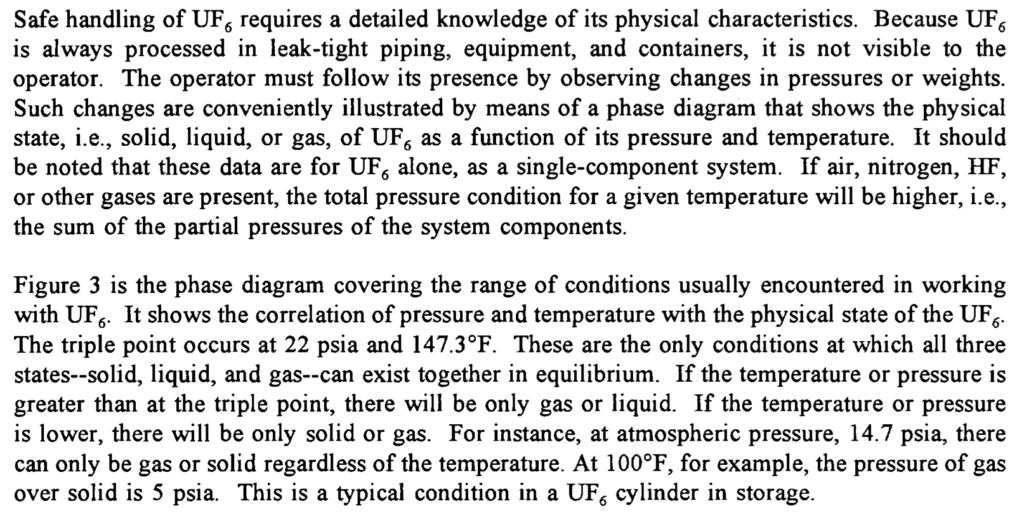
Here’s a table:
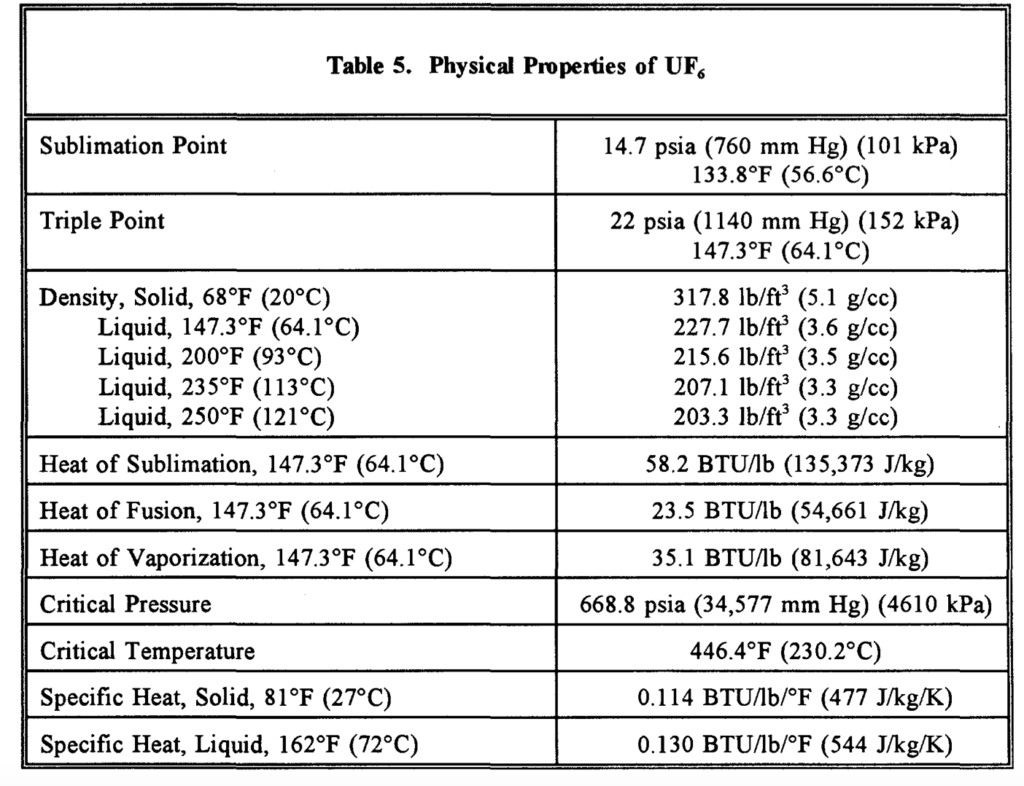
DRDO History, 2013
Re-upping this one from a few years ago.
A little while ago, The Hindu had a good interview with Vijay Kumar Saraswat, then-head of India’s DRDO, which contains some informative material on DRDO’s origin and evolution, as well as an explanation of why certain DRDO programs have lagged in the past.
I found this section on the past effects of the MTCR to be telling:
We were to develop Prithvi missile’s one version in seven years but we developed three versions in 15 years – first of 150 km range, second of 250 km and the third naval version of 350 km range when fired from the ship, yes we took 15 years but we developed the complete system. Same thing happened in Agni One, Two Three programme. But still time and cost overruns were there because when IGMDP was planned we had planned to import some material. We had to import some materials for Prithvi which was first fired in 1988 and Agni in 1989 and then MTCR (Missile Technology Control Regime) which was brewing all this time clamped all restrictions on us. All the contracts which we had signed with all companies were not honoured and these companies took back everything. Everything was denied to us, this denial caused us a lot of delay and whatever we needed had to be designed, developed and produced by us.
From 1989 to 1997 was a harrowing period. There were restrictions imposed on India and for things like getting Magnesium supply and Servo valves for launch vehicles, we had to struggle and later produce our very own. At that time, Tamil Nadu government’s TIDCO helped in making Magnesium slab from ore.
Saraswat went on to say that India solved some problems caused by these restrictions, but others remain:
Though technical problems had been solved by first launches of Prithvi and Agni missiles. Now these problems are not there, Today, India produces its own servo valves not only for missiles but also for launch vehicles and many other industrial purposes. What was a critical technology in 1988 is no more critical, new technologies have come. A lot of liberalisation has taken place but the fact still remains that critical technologies which are required are not available to us. For example, we still do not have access to high end computer processors and we have to make do with Intel core system. I cannot get a high end computer and I have to start building it for my missile right from the chip.
Here’s a video of an Indian SLBM test featuring Dr. Saraswat:

